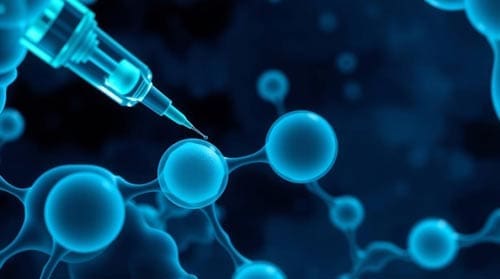Advancements in Stem Cell Therapy for Regenerative Medicine
Please like and subscribe if you enjoyed this video 🙂
Abstract
This paper examines recent advancements in stem cell therapy for regenerative medicine. It highlights essential advances in stem cell research. It also looks at different types of stem cells and discusses their uses in treating various diseases. Furthermore, it examines the challenges of stem cell therapy and considers future research directions. This review gives healthcare professionals a fresh look at stem cell therapy in regenerative medicine.
Introduction
Stem cell therapy is changing regenerative medicine. This field focuses on replacing or repairing damaged tissues and organs using the body’s natural healing abilities. Due to their unique ability to differentiate into various cell types, stem cells play a pivotal role in these therapies. This paper explores recent advancements in stem cell therapy and its applications in regenerative medicine.
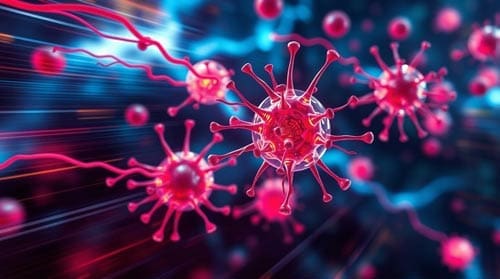
Types of Stem Cells
Embryonic Stem Cells
Embryonic stem cells come from early embryos. They can turn into any cell type in the human body. This characteristic makes them highly valuable for both research and therapeutic applications. However, their use remains ethically contentious.
Adult Stem Cells
Adult stem cells are present in various tissues throughout the body. They can self-renew and differentiate into specific cell types within their tissue of origin. Examples are hematopoietic stem cells in bone marrow, mesenchymal stem cells from bone marrow and fat, and neural stem cells in the brain.
Induced Pluripotent Stem Cells (iPSCs)
iPSCs are adult cells reprogrammed to act like embryonic stem cells. They show great promise for personal therapies and avoid the ethical issues linked to embryonic stem cells.
Recent Advancements in Stem Cell Research
Improved Cell Culture Techniques
Scientists have developed new techniques for growing and managing stem cells in the lab. These techniques allow for the mass production of high-quality stem cells for research and clinical use.
Gene Editing Technologies
Advanced gene-editing tools, such as CRISPR-Cas9, allow for precise modifications of stem cells. This innovation allows for fixing genetic defects and boosting specific cell traits for treatment.
3D Bioprinting
The advent of 3D printing technology has enabled scientists to construct complex tissue structures using stem cells. This breakthrough could greatly help create replacement tissues and organs for transplants.
Organoids
Scientists have developed ways to grow tiny structures called organoids from stem cells. These 3D cultures are valuable models for studying disease mechanisms and evaluating potential treatments.
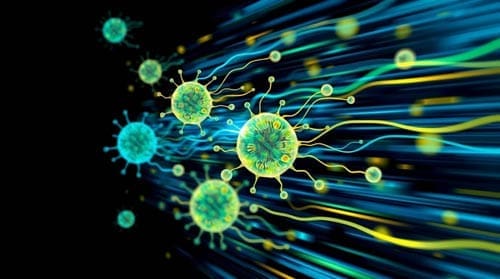
Applications of Stem Cell Therapy in Regenerative Medicine
Cardiovascular Diseases
Stem cell therapy holds promise for heart conditions. It aids in repairing heart tissue after a heart attack, can boost circulation in chronic heart failure patients, and helps create new blood vessels in areas with poor blood flow.
Neurological Disorders
Researchers are investigating stem cell treatments for many brain and nerve issues, including Parkinson’s disease, Alzheimer’s disease, spinal cord injuries, and stroke. These therapies aim to replace damaged neurons, restore function, and enhance neural regeneration.
Diabetes
Researchers are exploring the potential of stem cells in diabetes management. They aim to create insulin-producing beta cells for people with type 1 diabetes. They also want to boost insulin sensitivity in those with type 2 diabetes.
Orthopedic Conditions
Stem cell therapies are under study for several uses. They may help repair cartilage damage linked to osteoarthritis, boost bone healing in fractures and defects, and treat sports injuries and tendon issues.
Cancer
Stem cell transplants have long been used to treat certain blood cancers. Current research examines how stem cells can help target cancer therapies and may also aid in regenerating healthy tissue after cancer treatment.
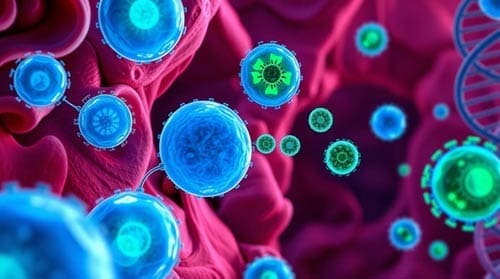
Challenges in Stem Cell Therapy
Safety Concerns
Stem cell therapies come with potential risks. These include tumor formation, immune rejection of the transplanted cells, and unexpected changes in how the implanted cells develop.
Ethical Issues
The use of embryonic stem cells remains ethically controversial. iPSCs offer an ethical alternative, but concerns about their use and applications remain.
Regulatory Hurdles
Regulatory rules for stem cell therapies differ around the world. This often delays the approval and sale of new treatments.
Technical Limitations
Stem cell therapy has several technical challenges. One issue is ensuring the purity and quality of stem cell populations. Another is controlling how these cells differentiate into the desired types. Also, achieving long-term survival and proper integration of transplanted cells is crucial.
Future Directions
Personalized Medicine
Advancements in iPSC technology could lead to personalized stem cell therapies. This may lower the chances of immune rejection and improve treatment effectiveness.
Combination Therapies
Researchers are investigating the potential benefits of integrating stem cell therapy with complementary treatments, such as gene therapy or tissue engineering, to enhance therapeutic outcomes.
Improved Delivery Methods
New delivery methods could improve the effectiveness of stem cell therapies. They could ensure that the therapy gets to the affected tissues and organs.
Artificial Intelligence and Machine Learning
AI and machine learning can enhance stem cell research. They could optimize treatment plans, improve how we characterize stem cells, and speed up drug discovery.
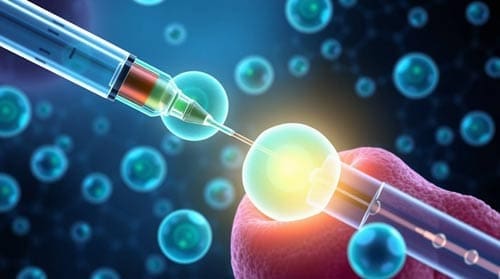

Conclusion
Stem cell therapy has significantly advanced in recent years. It brings new hope for various diseases and injuries. Challenges remain, but research and technology are broadening stem cell applications in regenerative medicine. As we learn more about stem cell biology, we expect better and more targeted therapies in the future
References:
- Zakrzewski, W., Dobrzyński, M., Szymonowicz, M., & Rybak, Z. (2019). Stem cells: past, present, and future. Stem Cell Research & Therapy, 10(1), 68. https://stemcellres.biomedcentral.com/articles/
10.1186/s13287-019-1165-5 - Yamanaka, S. (2020). Pluripotent stem cell-based cell therapy—promise and challenges. Cell Stem Cell, 27(4), 523-531. https://www.sciencedirect.com/science/article/pii/
S1934590920304604 - Blau, H. M., & Daley, G. Q. (2019). Stem cells in the treatment of disease. New England Journal of Medicine, 380(18), 1748-1760. https://www.nejm.org/doi/full/10.1056/
NEJMra1716145 - Trounson, A., & McDonald, C. (2015). Stem cell therapies in clinical trials: progress and challenges. Cell Stem Cell, 17(1), 11-22. https://www.sciencedirect.com/science/article/pii/
S1934590915002672 - Mahla, R. S. (2016). Stem cell applications in regenerative medicine and disease therapeutics. International Journal of Cell Biology, 2016, 6940283. https://www.hindawi.com/journals/ijcb/
2016/6940283/ - Cossu, G., Birchall, M., Brown, T., De Coppi, P., Culme-Seymour, E., Gibbon, S., … & Wilson, J. (2018). Lancet Commission: stem cells and regenerative medicine. The Lancet, 391(10123), 883-910. https://discovery.ucl.ac.uk/id/eprint/1546682/
- Abou-El-Enein, M., Elsanhoury, A., & Reinke, P. (2016). Overcoming challenges facing advanced therapies in the EU market. Cell Stem Cell, 19(3), 293-297. https://www.sciencedirect.com/science/article/
pii/S1934590916302594 - Cyranoski, D. (2019). The hard sell. Nature, 573(7775), 482-485. https://www.nature.com/articles/d41586-019-02696-3
- Srivastava, D., & DeWitt, N. (2016). In vivo cellular reprogramming: the next generation. Cell, 166(6), 1386-1396. https://www.sciencedirect.com/science/article/pii/
S0092867416311527 - Dimmeler, S., Ding, S., Rando, T. A., & Trounson, A. (2014). Translational strategies and challenges in regenerative medicine. Nature Medicine, 20(8), 814-821. https://www.nature.com/articles/nm.3627
